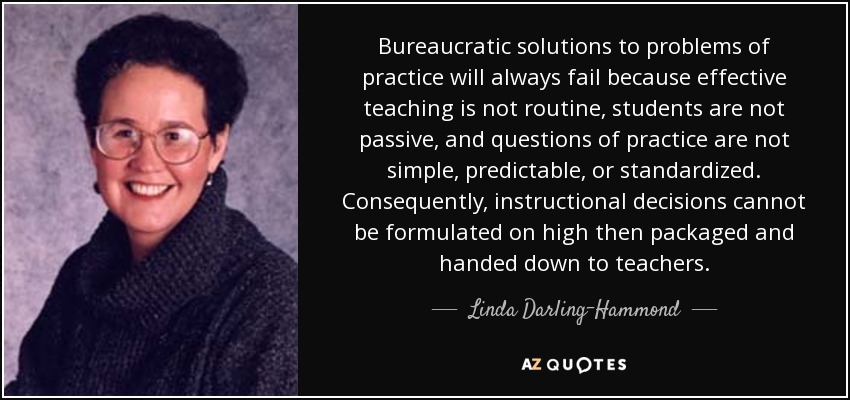Teacher shortage restricts training of new instructors

(Calif.) With districts forced to rely on higher numbers of non-fully credentialed teachers to staff classrooms, educator preparation programs are finding fewer placements for student teachers who require the mentorship of fully credentialed instructors.
The lack of openings for new teachers to train worries some state officials as an emerging cycle that will only exacerbate California’s teacher shortage.
“It’s getting harder and harder to find schools and districts that are willing, or in many cases even able, to accept teachers that we want to put in classrooms through fieldwork and clinical practice,” Shane Martin, member of the Commission on Teacher Credentialing, said at a meeting last week. “The incentives aren’t there as they once were and schools themselves are stretched more than ever.”
In order to earn their credential, teaching candidates must complete a stint as a student teacher, but they can only do so in a classroom headed up by an already fully credentialed teacher.
Nearly every state has reported a shortage of teachers since the recession–especially in subjects including special or bilingual education, math, and science. Education officials attribute the decline to a combination of high turnover rates among new educators paired with fewer potential candidates enrolling in education colleges, as many opt to pursue degrees that lead to higher paying, more stable careers instead.
Between 2004 and 2014, the number of teaching credentials issued in California decreased by 45 percent, according to state data. Prior to 2008 when the recession took hold, as many as 50,000 college students were working toward getting a teaching degree and certification. Since then, the numbers have fallen to less than half that number.
In an effort to address the issue, lawmakers have passed bills that allow for those who are changing careers to receive an emergency credential and teach in a classroom while they work toward earning a full credential. According to a study authored by Linda Darling-Hammond, chair of the Commission on Teacher Credentialing, the number of teachers hired on substandard permits and credentials nearly doubled between about 2014 and 2016 to more than 7,700, and comprising a third of all the new credentials issued in 2014-15.
All of those efforts would be wasted, however, if upcoming college graduates interested in the Teacher shortage restricts training of new instructors :: SI&A Cabinet Report :: The Essential
